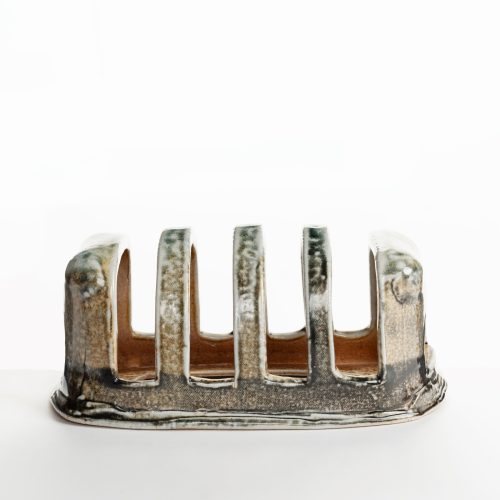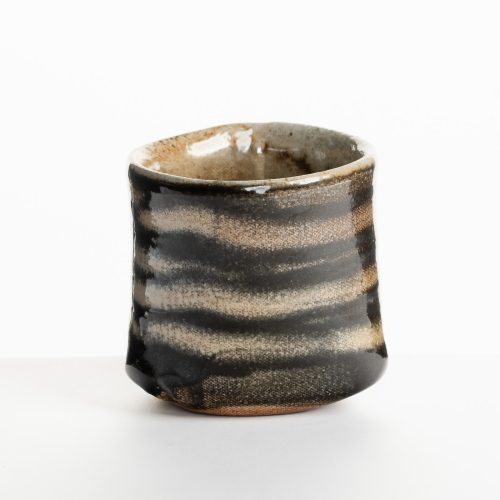We use cookies to help you navigate efficiently and perform certain functions. You will find detailed information about all cookies under each consent category below.
The cookies that are categorized as "Necessary" are stored on your browser as they are essential for enabling the basic functionalities of the site. ...
Necessary cookies are required to enable the basic features of this site, such as providing secure log-in or adjusting your consent preferences. These cookies do not store any personally identifiable data.
Functional cookies help perform certain functionalities like sharing the content of the website on social media platforms, collecting feedback, and other third-party features.
Analytical cookies are used to understand how visitors interact with the website. These cookies help provide information on metrics such as the number of visitors, bounce rate, traffic source, etc.
Performance cookies are used to understand and analyze the key performance indexes of the website which helps in delivering a better user experience for the visitors.
Advertisement cookies are used to provide visitors with customized advertisements based on the pages you visited previously and to analyze the effectiveness of the ad campaigns.
Petra trained in the South East and then gained a degree at Cardiff before joining Wobage Workshops, South Herefordshire in 1995. She and her husband, Jeremy Steward, also a potter, live on the edge of the Royal Forest of Dean. They were invited to join the Wobage studios as part-time apprentices to Mick and Sheila Casson, a role they maintained until Mick’s death in 2003.
Petra’s innovative techniques in slab-building and decorating have in recent years earned her a reputation as one of the leading contemporary makers in the UK. Construction begins with one of many paper templates. Clay slabs are then cut around, mitred, bent and folded into a range of domestic shapes. The inspiration for her decoration is manifold. From playful experimentation with line, pattern and composition, sketches evolve firstly on paper into monochrome or colour monoprint and collagraph.
Decoration on pots takes place at the leather hard stage using slips and glazes. Initially slips are layered with brushwork, pouring and paper resist. This provides a canvas for a more linear decoration which is achieved by a form of printmaking. Motifs are drawn from an array of different objects and observations bringing to life a new and ever-changing vocabulary of marks and compositions. The pots are once-fired to 1300C with salt & soda in a wood-fired kiln.

PRODUCT CODE:PR244Y471

PRODUCT CODE:PR244Y468

PRODUCT CODE:PR244Y470

PRODUCT CODE:PR244Y476

PRODUCT CODE:PR244Y472

PRODUCT CODE:PR244Y478

PRODUCT CODE:PR244Y477

PRODUCT CODE:PR244Y475

PRODUCT CODE:PR244Y479

PRODUCT CODE:PR244Y481

PRODUCT CODE:PR244Y483

PRODUCT CODE:PR244Y484

PRODUCT CODE:PR244Y480

PRODUCT CODE:PR244Y486

PRODUCT CODE:PR244Y485

PRODUCT CODE:PR244Y482

PRODUCT CODE:PR244Y487

PRODUCT CODE:PR244Y473

PRODUCT CODE:PR244Y469

PRODUCT CODE:PR244Y430

PRODUCT CODE:PR244Y426